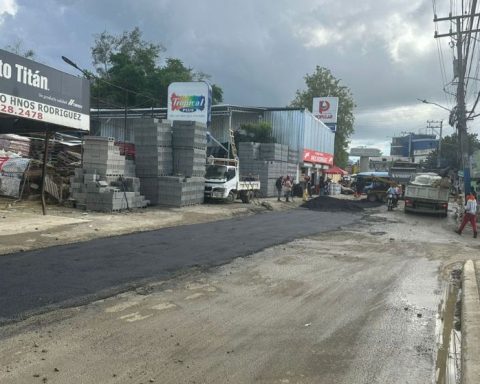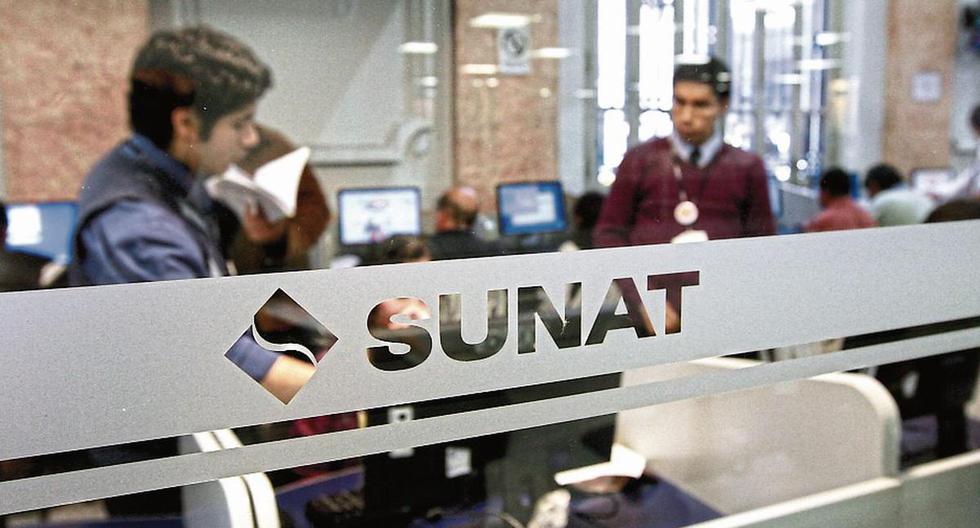The central bank of the Dominican Republic (BCRD), he pointed what, how result of restraint plan currency that is being implemented to counteract inflationary pressures, a moderation in the growth of monetary aggregates has been observed, detailing that the medium in circulation (M1) is expanded 10.2% year-on-year at the end of 2022, below nominal GDP growth; while the expanded money supply (M2) and broad money (M3) they expanded by 6.8% and 5.4%, respectively.
In this context, he said that subjacent inflation, the most relevant for analysis purposes regarding the decision-making of the Central Bank, whose main objective is to ensure price stability, has maintained a downward trend since the month of May of this year.
The Central Bank explained that this indicator makes it possible to extract clearer signals for the conduct of monetary policy because it excludes items with great variability in their prices, such as some food, fuel, services with regulated prices such as electricity rates, transportation and alcoholic beverages and tobacco.
Read more: Free Zone Sector consolidated in 2022
Other indicators presented by the Central Bank
In this sense, the Central Bank reported that year-on-year core inflation went from a maximum of 7.29% in May to 6.56% in December 2022, resulting in lower than that at the end of 2021, which was 6.87%. He indicated that this behavior is consistent with the monetary stance implemented by the Central Bank of the Dominican Republic, which has contributed to mitigating the pressures of internal demand.
He added that, as the monetary policy transmission mechanism continues to operate, the forecast system models of this institution indicate that inflation would converge to the target range of 4% ± 1% before the end of the second quarter of 2023.
Regarding the consolidated financial system, it reported that at the end of November 2022 the annualized return on equity (ROE) stood at 23.2%, while the return on assets (ROA) was 2.6%. Likewise, the liquidity quotient was located at 22.5%, which means that for each RD$100.00 of resources raised from the public, there is RD$22.50 of support in available liquid assets.
Likewise, the delinquency of the loan portfolio was 1.0% and the coverage of the unproductive portfolio was 411.3%, which shows that the financial system remains stable with adequate levels of solvency, liquidity and profitability, as well as a low level of risk. of your credit portfolio.
Regarding multiple banking, he highlighted that the return on equity (ROE) at the end of November was 25.9%, and on assets (ROA) was 2.6% (which indicates that for every RD$100.00 of assets, generated RD$2.60 of profits), with a solvency ratio of 15.5%, according to the latest information available. In turn, delinquency stood at 0.9% with a coverage of 456.8%, which reflects that multiple banking continues stable and patrimonially robust.

















